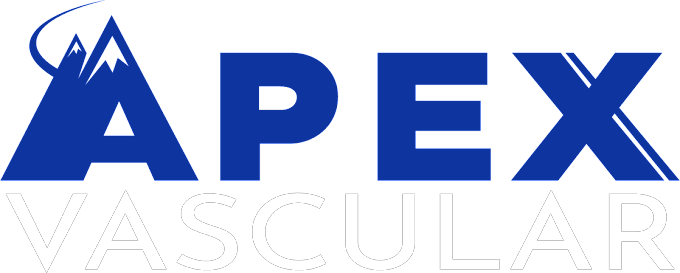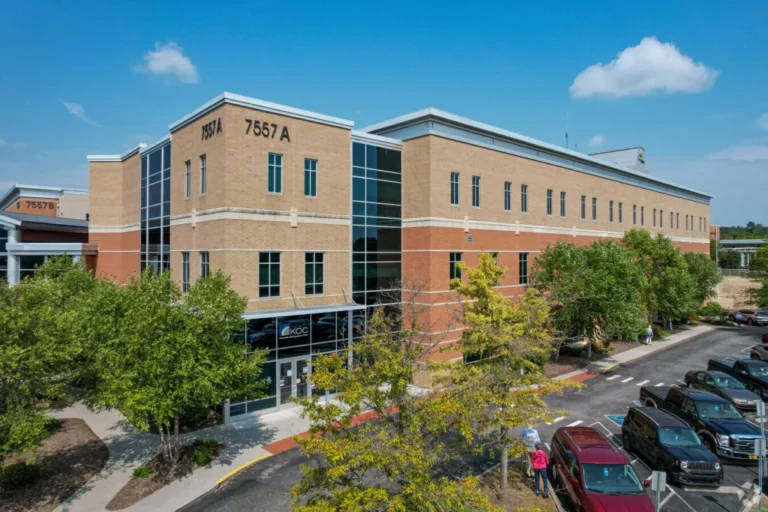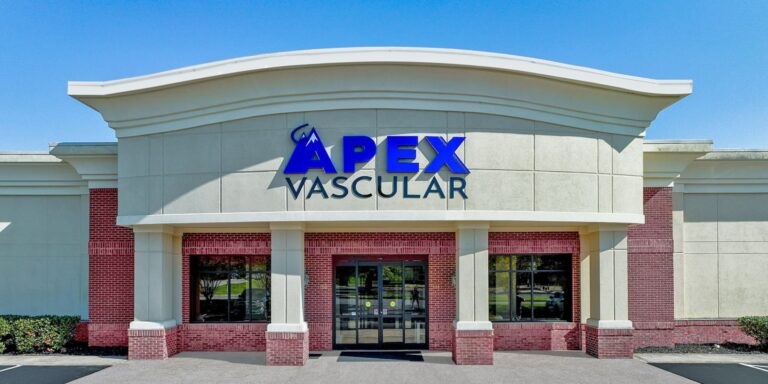Understanding the differences between arteries and veins is crucial for overall health awareness. Issues affecting arteries or veins can lead to serious health problems, impacting cardiovascular function, organ health, and overall quality of life. Recognizing the importance of vascular health can help prevent and manage potential complications.
Arteries and veins are vital components of the circulatory system with distinct functions. Arteries carry oxygenated blood from the heart to body tissues, while veins return deoxygenated blood to the heart. Arteries have thicker walls to withstand high pressure, whereas veins have thinner walls and valves to prevent backflow. Their structural differences reflect their unique roles in blood circulation and oxygen transport.
What are Arteries and Veins?
Arteries and veins are both blood vessels, but they serve different functions in the circulatory system. Arteries carry oxygenated blood away from the heart to the body’s tissues and organs, while veins transport deoxygenated blood back to the heart.
The primary function of arteries is to deliver oxygen and nutrients to tissues. Veins, on the other hand:
- Return blood to the heart
- Remove waste products
- Help regulate blood pressure and temperature
Veins also contain valves to prevent the backflow of blood.
Common Vascular Health Issues
Common vascular health issues can significantly impact overall health and quality of life. Peripheral artery disease (PAD) involves narrowed arteries, reducing blood flow to limbs and causing pain, cramping, and cold feet.
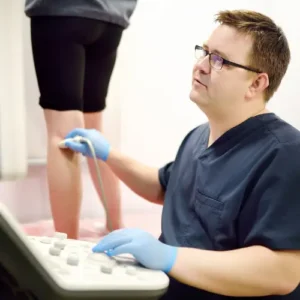
Carotid artery disease narrows arteries supplying blood to the brain, increasing stroke risk. Symptoms may include sudden:
- Weakness
- Numbness
- Trouble speaking
- Vision problems
Venous issues include chronic venous insufficiency (CVI), where damaged vein valves cause blood pooling in the legs, leading to swelling, infections, and ulcers. Varicose veins, a potential complication of CVI, are swollen and enlarged veins that are often visible and sometimes painful.
Deep vein thrombosis (DVT) is a serious condition where blood clots form in deep veins, usually in the legs. Symptoms include leg swelling, pain, and skin discoloration. If left untreated, DVT can lead to life-threatening pulmonary embolism. An aortic aneurysm, a bulge in the aorta wall, can be life-threatening if it ruptures.
Early diagnosis and treatment are crucial for managing these vascular conditions effectively. This often involves lifestyle changes, medications, and sometimes surgical interventions.
Structural Differences Between Veins and Arteries
Veins and arteries have distinct structural differences that reflect their functions in the circulatory system. Veins have thinner, more rigid walls with larger internal diameters. This is due to lower blood pressure and allows them to hold more blood.
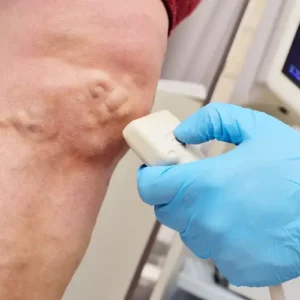
Arteries have thicker walls composed of smooth muscles and elastic tissues. This helps them to withstand high blood pressure. Their walls are more elastic to withstand the high pressure of blood pumped by the heart.
Arteries typically have smaller lumens (openings) compared to veins, which help maintain blood pressure. The smaller lumen and thicker walls give arteries a more rounded appearance in cross-section, while veins appear flattened.
A key structural difference is the presence of valves in veins, especially in the lower limbs. These valves prevent the backflow of blood and assist in returning blood to the heart against gravity. Arteries lack these valves.
When it comes to location, arteries are generally found deeper within the body, protected by muscles. However, veins are often closer to the skin’s surface. This placement helps protect the high-pressure arteries and allows heat to be released more easily through the veins.
Arteries vs. Veins: Blood Flow and Oxygen Levels
The direction of blood flow and blood pressure are closely related. Since blood in the arteries is pumped by the heart to the rest of the body, they have higher blood pressure. Veins rely on muscle contractions and valves to move blood back to the heart, resulting in lower pressure.
Oxygenation levels also differ between arteries and veins. Most arteries carry oxygenated blood with nearly 100% oxygen saturation. The exception is pulmonary arteries, which carry deoxygenated blood to the lungs. Veins typically transport blood with lower oxygen levels. However, pulmonary veins return oxygenated blood from the lungs to the heart.
Types of Arteries and Veins
Major arteries include the following:
- Aorta, which distributes oxygenated blood from the heart to the body, and the
- Pulmonary artery, which carries deoxygenated blood to the lungs.
Major veins include the superior and inferior vena cavae, which return deoxygenated blood to the heart from the upper and lower body. The pulmonary veins carry oxygenated blood from the lungs to the heart.
Smaller vessels include:
- Arterioles, which branch from arteries and regulate blood flow to capillaries
- Venules that collect blood from capillaries and merge into larger veins.
- Capillaries to facilitate the exchange of oxygen, nutrients, and waste between blood and tissues.
Choose APEX Vascular for Your Artery and Vein Treatment
APEX Vascular is the ideal choice for artery and vein problems in East Tennessee, thanks to our dedication to personalized, high-quality care. We’re proud to be home to an interdisciplinary team with extensive experience in vascular surgery, ensuring comprehensive and skilled treatment.
We focus on providing you with the best possible outcomes through personalized treatment plans. Our dedication to patient education helps guide you through available options to reach your goals, and we are committed to treating everyone with dignity and respect.
At APEX Vascular, our combination of expertise, personalized care, respect, and a patient-focused approach makes us your first choice for vascular issues in East Tennessee.

Arteries and veins are essential for circulation, with differing structures and roles. Arteries transport oxygenated blood from the heart, enduring high pressure with thicker walls. Veins return deoxygenated blood, using thinner walls and valves to prevent backflow. These distinctions are crucial for effective blood circulation and oxygen delivery.
APEX Vascular is a vascular surgery and vein center with locations in Knoxville, Lenoir City, Crossville, Decatur, and Harrogate, TN. We are dedicated to delivering personalized, high-quality care that goes beyond medical treatment. Our exceptional vascular staff, boasting extensive experience in vascular surgery, works tirelessly to elevate the standards of patient care and contribute to your overall well-being. Visit us online or call us at 865-562-3232 to request an appointment today!
